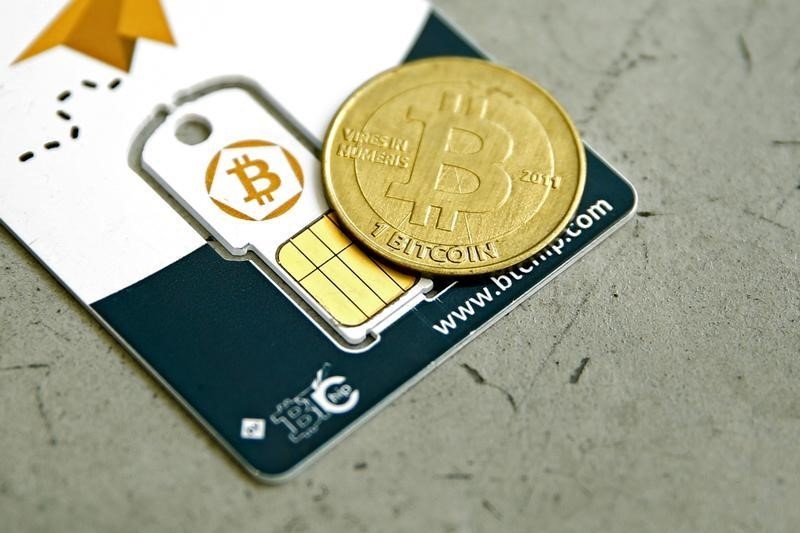Beating the market is seemingly about predicting the future, or at least attempting to.
Investors look for ways to confidently assess the direction an asset will move and make trades accordingly. For many, this proves to be a fool's errand — they are either unable to discern any sort of pattern or direction or overconfident, which can lead to unwise investing.
This is perhaps a basic piece of the nature of markets, volatility and uncertainty. However, in the world of cryptocurrency, some projects have attempted to remove some of this volatility from the equation. Stablecoins are a good example of this. These assets are designed to always be equal in value to a given asset like the U.S. dollar. This stability allows traders to have faith in the coin and use it to transact and store value.
Recently, however, their fragility has been painfully exposed. The Terra Luna (CRYPTO: LUNA) ecosystem consists of the stablecoin Terra USD (CRYPTO: UST) and the coin LUNA. Most stablecoins hold assets in reserve equivalent to the total value of the coins in circulation, this gives the market faith in its value. But Terra and other algorithmic stablecoins use a volatile asset, an algorithm and the behavior of participants in the market to maintain the value.
Just a short time ago this was shown to be fatally flawed, billions of dollars in value vanished in a matter of days with the utter collapse of the so-called stablecoin and the LUNA that supported it.
This made many in the market wary of manipulating the price of assets through the control of an algorithm.
The project Seasonal Tokens has attempted to influence the price of its assets through what may be a more organic and theoretically stable, means. The project consists of four tokens — Summer (CRYPTO: SUMMER), Autumn (CRYPTO: AUTUMN), Winter (CRYPTO: WINTER) and Spring (CRYPTO: SPRING) — that are designed to rise and fall in relative value to one another. This has been the intention from the start, and now that the project has had enough time to actually put these mechanisms in place, the project’s ability to execute can be examined.
In the nine months, these tokens have been in circulation, 1.6 SPRING have been produced for every WINTER, this has fairly consistently led to about a 60% premium in the price of WINTER tokens in relation to SPRING. It seems to be working.
If you are interested in learning more, check out seasonaltokens.org.
This post contains sponsored advertising content. This content is for informational purposes only and is not intended to be investing advice.
Featured photo by Piret Ilver on Unsplash
